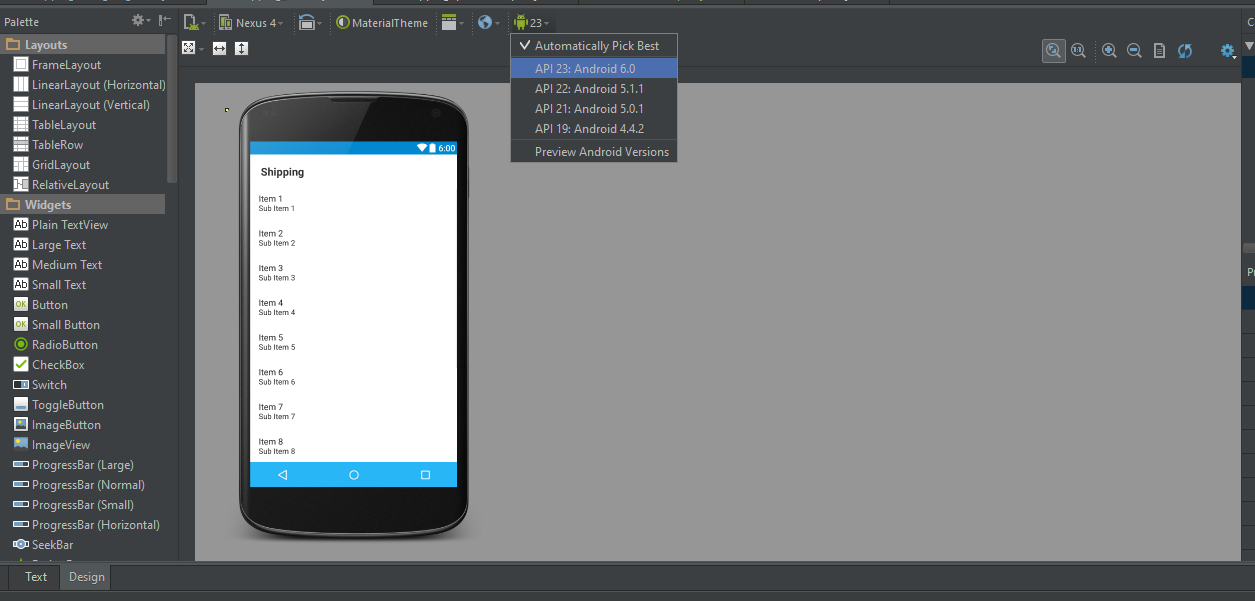

For example, for Visual Studio 2015: "%ProgramFiles(x86)%\Microsoft Visual Studio 14.0\Common7\IDE\devenv.exe" /setup Open an administrator cmd.exe command prompt, and then run the devenv /setup and devenv /updateconfiguration commands for each installed version of Visual Studio. For example, here's one that used to cause trouble in older versions of Xamarin: HKEY_CURRENT_USER\Software\Microsoft\VisualStudio\1*.0\ExtensionManager\PendingDeletionsĭelete any entries that look like they might be related to Xamarin. HKEY_LOCAL_MACHINE\SOFTWARE\Wow6432Node\Microsoft\Windows\CurrentVersion\SharedDllsįind and delete any entries that match this pattern:
#XAMARIN STUDIO CRACK WINDOWS WINDOWS#
And see Bug 40781, Comment 19 for a bit more context about the upstream issue in Visual Studio that can cause these errors.)Īlso check in the VirtualStore directory to see if Windows might have stored any overlay files for the Extensions\Xamarin or ComponentModelCache directories there: (See also the Clear MEF Component Cache Visual Studio extension. "LegacySitePackage failed for package" (in Visual Studio's ActivityLog.xml) "SetSite failed for package" (in Visual Studio's ActivityLog.xml) "Object reference not set to an instance of an object.

"The 'XamarinShellPackage' package did not load correctly" In fact, this step by itself is often sufficient to resolve errors such as: %LOCALAPPDATA%\Microsoft\VisualStudio\1*.0\ComponentModelCache In Explorer, delete any remaining files from the Xamarin Visual Studio extension folders (all versions, including both Program Files and Program Files (x86)):Ĭ:\Program Files*\Microsoft Visual Studio 1*.0\Common7\IDE\Extensions\Xamarinĭelete Visual Studio's MEF component cache directory as well: From the Windows Control Panel, uninstall any of the following that are present:


 0 kommentar(er)
0 kommentar(er)
